What are navigation lights
Marine navigation lights are illuminated indicators that provide a visual reference for other vessel operators of the type, size, and status (underway, direction of travel, at anchor, etc.) of a vessel. Vessel operators must make sure that their vessels (ships, sailing or power-driven marine crafts) are equipped with the proper navigation lights whenever the vessels are underway or at anchor between sunset and sunrise, and also during times of restricted visibility such as fog, rain, and storm.
Navigation lights must be mounted properly on board vessels to provide the correct visual alignment, allow unimpeded sight lines, and thus help other vessel operators assess the probability of collision and take appropriate measures. The required navigation lights vary depending on the type (whether it is powered by machinery, sail, paddles or oars) and size of the vessel. Operating a vessel without the correct navigation lights during the hours of darkness or in low visibility conditions is prohibited and can incur substantial penalties.
Types of marine navigation lights
Marine navigation lights produce visual signals in color options of typically red, green and white. Depending on the mounting position they can be divided into masthead lights, sidelights, sternlights, towing lights, all-round lights, along with some other types.
A masthead light is a white light placed over the fore and aft centerline of the vessel shining forward and to both sides. It shows uninterrupted light over an arc of the horizon of 225° and so fixed as to allow the light to be displayed from right ahead to 22.5° abaft the beam on either side of the vessel. Masthead lights are required on all power-driven vessels.
Sidelights refer to a green light on the starboard side and a red light on the port side each emitting uninterrupted light over an arc of the horizon of 112.5°. The red light indicates the left side of a vessel, the green light indicates the right side of the vessel. In a vessel of less than 20 meters in length the red and green sidelights may be combined in one lantern and mounted on the fore and aft centerline of the vessel.
A sternlight is a white light mounted as nearly as practicable at the stern. It emits over an arc of the horizon of 135° to show the light 67.5° from right aft on each side of the vessel.
A towing light has the same characteristics as the sternlight but emits yellow light. An all-round light is designed to light over an arc of the horizon of 360°.
A flashing light produces the visual effect of a light flashing at regular intervals of 120 flashes or more per minute. Special flashing light produces 50 to 70 flashes per minute. This yellow light is mounted as far forward and as nearly as practicable on the fore and aft centerline of the tow to emit over an arc of the horizon of not less than 180° nor more than 225°.
Navigation lighting requirements
Different lighting configurations are used on vessels to identify vessel length, propulsion type, and the type of activity in which they are engaged.
In most cases, navigation lighting requirements for a particular vessel are the same under both inland and international rules. A vessel of 50 meters or more in length should provide the visibility of a masthead light at 6 miles, a sidelight at 3 miles, a sternlight at 3 miles, a towing light at 3 miles, a (white, red, green or yellow) all-round light at 3 miles, and a special flashing light at 2 miles. A vessel of 12 meters or more in length but less than 50 meters in length should provide the visibility of its masthead light at 5 miles. The sidelight, sternlight, towing light, all-round light, and special flashing light should be visible 2 miles away. For a vessel of less than 12 meters in length, all the navigation lights except the sidelight should be visible 2 miles away. The sidelight should be noticeable at 1 mile.
A power-driven vessel underway should light up a masthead light forward, a second masthead light abaft of and higher than the forward one, sidelights and a sternlight. A sailing vessel underway should exhibit sidelights and a sternlight. Two all-round lights at or near the top of the mast may be exhibited as well, with the upper being red and the lower green. A vessel engaged in fishing should include two all-round lights in a vertical line, the upper being red and the lower white. A vessel engaged in trawling should in addition install a masthead light abaft of and higher than the all-round green light. All vessels at anchor must display anchor lights. An anchor light for a vessel less than 164 feet (50 meters) in length is an all-round white light visible for 2 miles from all directions.
Design and construction
Marine navigation lighting is embracing the trend toward the use of LEDs. The semiconductor based light source offers many advantages over incandescent light sources, including: dramatically reduced energy consumption, long operational life, faster switching, spectral controllability, and solid state durability.
An LED navigation light is a watertight lighting system comprised of an LED module and its electrical, thermal and optical systems that allow the LEDs to operate under specified ranges for temperature, electrical power, and other parameters. The luminaire can be constructed from surface-treated aluminum, brass, or thermally conductive polymers. These materials are used to provide conductive and convective thermal transfer of the waste heat generated in the LED junction while withstanding corrosive attacks in marine environments. A glass lens or UV-stabilized polycarbonate lens provides optical control and exercises control of environmental conditions in conjunction with the housing.
The integrated LED driver may be designed to accommodate AC power input or runs off DC power. As most LED drivers use high-speed switching circuits to regulate the LED load, the driver should be properly designed to minimize electromagnetic interference (EMI).

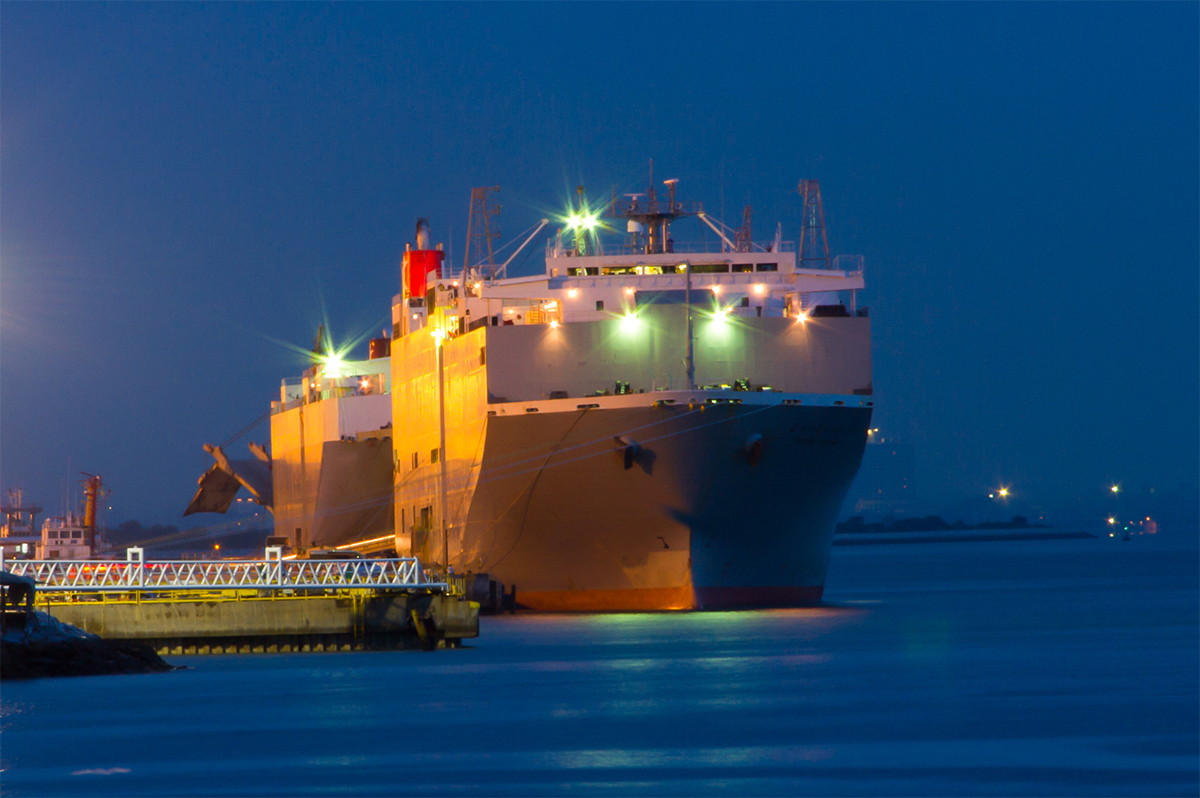
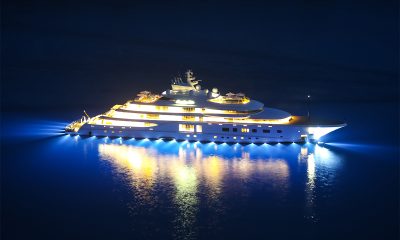
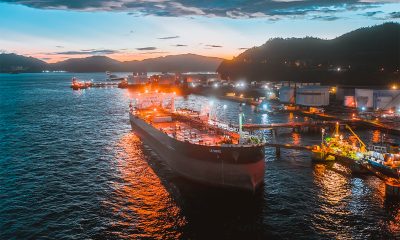
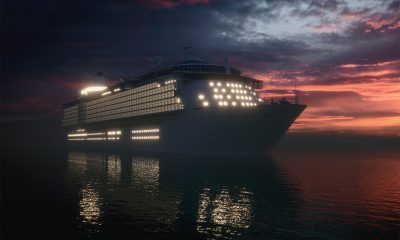
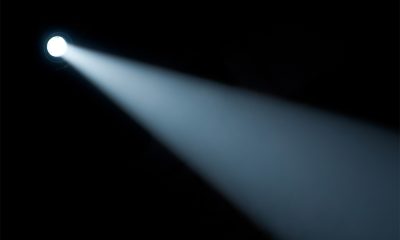

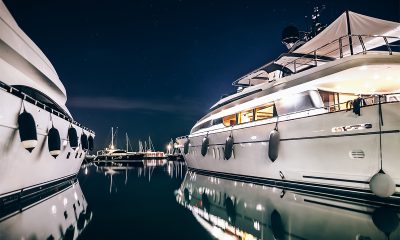
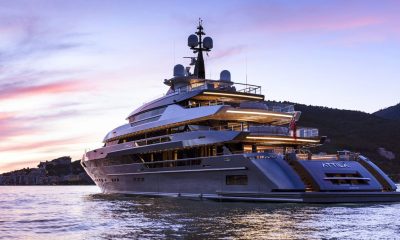
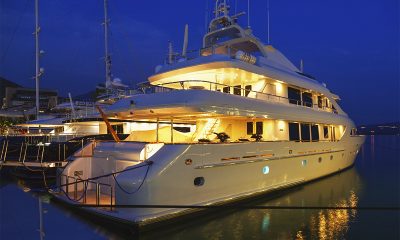





Loading...